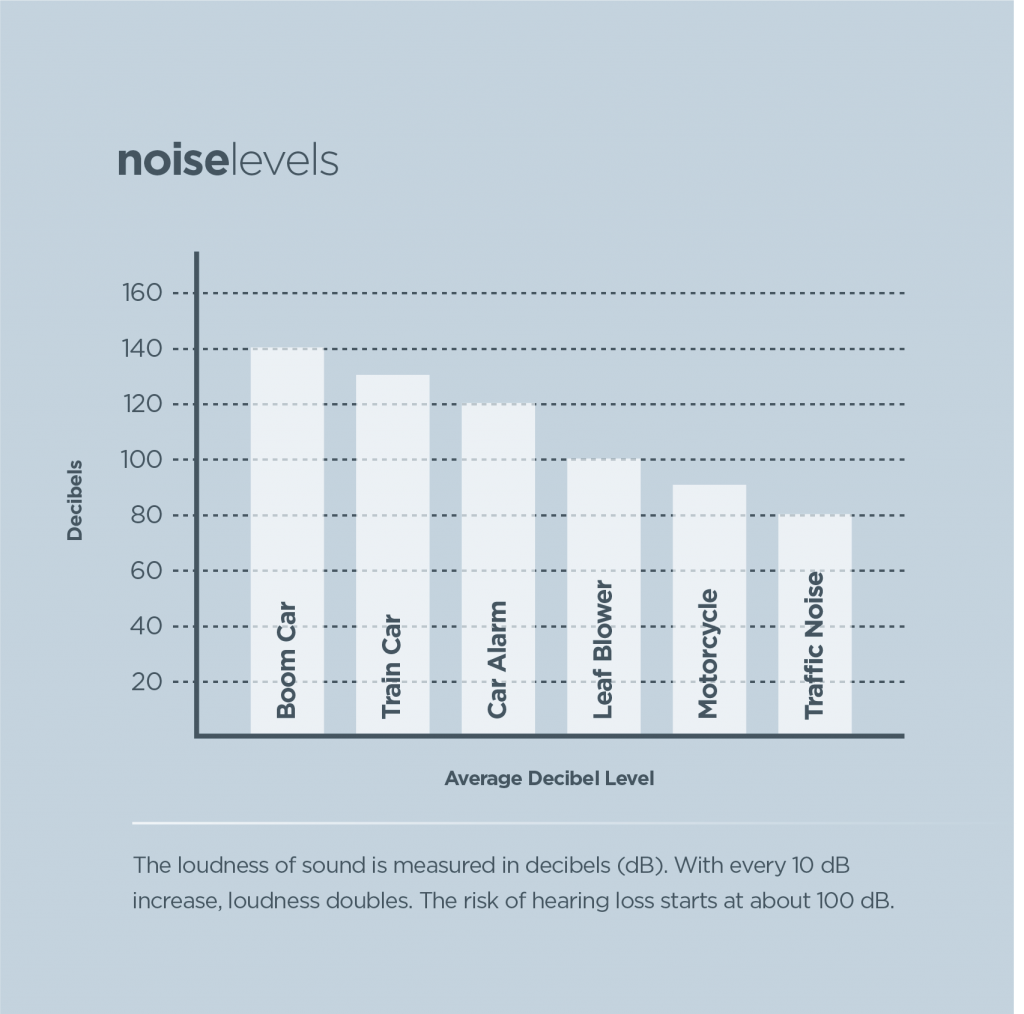One Of The Most Efficient Pressure Cleaning Practices For Every Single Surface Category
One Of The Most Efficient Pressure Cleaning Practices For Every Single Surface Category
Blog Article
Material Written By-Hyde McGinnis
When it pertains to press cleaning, the method you select can make all the difference in accomplishing a tidy, streak-free coating. You could find that difficult surface areas, like concrete, require a different technique than softer products, such as wood or plastic. https://www.cleanlink.com/sm/article/Tips-to-Leading-Millennials-in-the-Cleaning-Industry--28439 to adjust your methods to the surface area type to stop damages while making the most of cleaning effectiveness. So, what are the most effective methods for every surface, and exactly how can you ensure you're utilizing the ideal setups and tools for the task? Let's explore what you require to recognize to obtain the very best results.
Tough Surface areas
When it pertains to press washing difficult surfaces, preparation is key. Before you even think of taking out the pressure washing machine, take the time to clear the area of any kind of particles, furnishings, or challenges. You don't desire anything getting in your way or possibly damaging your tools.
Next off, check the surface for any cracks or damage; this will assist you figure out the right technique and pressure setups.
As soon as you have actually prepared the location, it's essential to pick the appropriate nozzle. For tough surfaces like concrete or block, a slim nozzle (15 or 25 levels) works best to supply a concentrated stream of water that can efficiently eliminate crud and spots. Constantly start at a distance and progressively relocate closer to prevent any surface area damage.
As you begin washing, keep the stick transferring to avoid streaks and over-saturation. It's additionally practical to work from the top down, allowing dust and particles to wash away normally.
Finally, bear in mind to rinse the surface area completely after cleansing to eliminate any type of remaining cleaning agent. With these strategies, you'll attain a clean and refreshed appearance on all your hard surfaces.
Soft Surfaces
Stress washing soft surfaces calls for a gentler approach to shield them from damages. Whether you're cleaning your deck, outdoor patio furnishings, or exterior siding, making use of too much pressure can result in dents, scrapes, or perhaps irreversible harm.
Begin by choosing a low-pressure nozzle, preferably a 25-degree or bigger spray pattern, to disperse the water a lot more carefully.
Before you start, it's important to pre-treat any kind of discolorations with an ideal cleaning solution. This action allows the cleaner to permeate the dirt and grime, making it less complicated to get rid of without rubbing too hard.
Always use the option from all-time low approximately protect against spotting.
When you start stress cleaning, maintain a distance of a minimum of 12 to 18 inches from the surface. Relocate your wand in a sweeping movement, keeping it parallel to the surface area to avoid concentrated pressure on one place.
Wash the area extensively after cleaning up to eliminate any residual cleaner.
Last but not least, check the surface area for any kind of missed out on places and repeat the process if needed. By following these actions, you can properly clean soft surfaces while protecting their honesty and appearance.
Specialty Surfaces
Cleaning up soft surfaces requires treatment, yet specialized surface areas demand much more focus to detail. When you deal with these surface areas, like delicate wood, discolored concrete, or particular sorts of siding, using the right pressure cleaning techniques is vital to avoid damage.
Initially, analyze the product. For example, dealt with wood can often withstand modest pressure, but softer woods like cedar may need a reduced setup. Constantly start with the most affordable stress and progressively increase if required.
For tarnished concrete, utilize a follower spray nozzle and maintain a constant range to prevent etching the surface area.
When taking care of surface areas like plastic house siding or repainted surface areas, a wide spray pattern aids distribute the stress equally, safeguarding the surface.
It's likewise wise to use cleaning agents specifically designed for specialty surface areas. They can boost cleansing without jeopardizing the material.
Rinse extensively after cleaning to get rid of any residue, as it can cause staining or damage gradually.
Verdict
In conclusion, understanding pressure washing techniques for various surface areas can make all the difference in your cleaning results. For tough surfaces, stay with slim nozzles and a top-to-bottom strategy, while soft surface areas require a gentler touch with bigger nozzles. Don't forget to pre-treat discolorations and wash thoroughly to avoid residue. By adapting your methods to each product, you'll not only achieve a cleaner coating but also secure the integrity of your surface areas. Happy cleansing!
